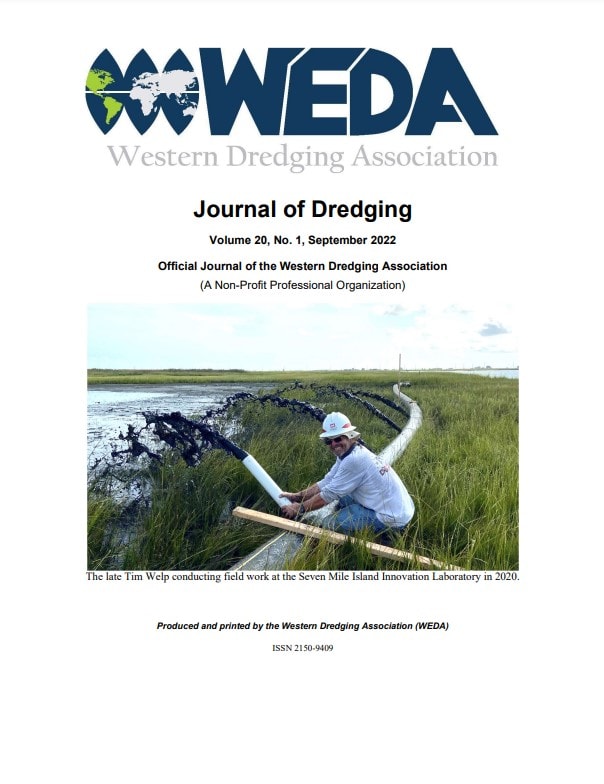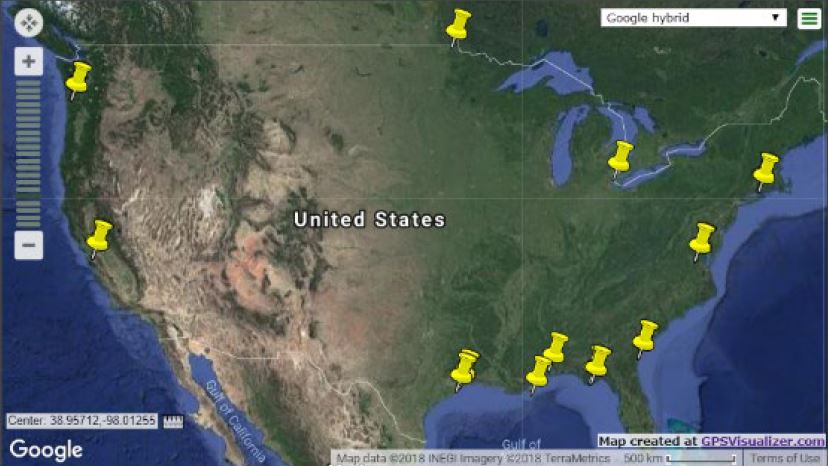Dredged sediment has been used to create and restore wetlands and other landforms for decades as part of beneficial use initiatives. Previous studies demonstrate that beneficial use projects yield ecological functions such as habitat maintenance, floodwater detention, and biogeochemical cycling. However, questions persist about the long term ecological trajectory of beneficial use projects due to 1) short monitoring timeframes and 2) the paucity of beneficial use sites that have reached maturity since most beneficial use projects were recently constructed. In response, ecological functions were assessed at six >40 year old dredged sediment beneficial use projects and adjacent reference areas with available historic post construction monitoring data. Results indicate that after four decades the beneficial use projects 1) generally achieved and maintained their target habitats, 2) became more similar to reference areas over time while remaining on unique trajectories, 3) display similar responses to environmental conditions as reference areas despite some persistent differences, and 4) continue to provide a wide array of ecological functions. Findings suggest that establishment of beneficial use success criteria should not over emphasize replicating reference conditions but should focus on achieving specific ecosystem functions (i.e., energy dissipation) and desirable outcomes (i.e., storm surge reduction). The analysis also highlights the need for additional research into long term beneficial use project trajectories, especially as new initiatives including Working with Nature and Engineering With Nature® continue to expand. A companion paper links these findings with an established ecosystem goods and services framework to holistically evaluate the long term outcomes of dredged sediment beneficial use projects.



